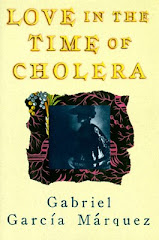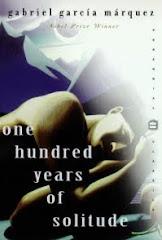
The article by David Elias and Deborah Brown, Critical Discourse in a Student Listserv: Collaboration, Conflict, and Electronic Multivocality clarified many questions about Listservs in the classroom. I very recently became aware of Listserv's,their function and purpose in the the classroom. When I joined the Listserv for English Grad Students at Dominguez Hills I received a couple of emails that I thought were for me, instead I was shocked to discover that the emails that were coming from this Listserv were not necessarily intended for me. This was more of an open forum in which participants would receive forwarded emails and messages that are accessible to every member of this particular Listserv. Though at first I was a bit confused about the hows and why's of Listservs after speaking to my classmates and other people that are members of various Listservs I began to see the useful qualities of such a system. One quote from the reading that sums up my initial reaction to being a member of a Listserv is, "The listserv as such a system allowed for a wide variety of contributions, including many that built on and moved away from discourse that was strictly about the teaching of writing. This sort of openness can be distracting, but it can also be useful in helping students understand how the teaching of language arts (and anything else, for that matter) is embedded in social contexts and practices that are themselves objects of critical reflection."
So after some exploration through the reading and the actual emails that I received as part of the Listserv I began to see more clearly. The Elias and Brown article also touched on a recurring theme of our assigned readings, the theme of networking and how through these mediums students are able to participate and become a part of emerging literacies such as those provided by social networking sites that provide avenues for writing. The article was very honest in explaining the different ways in which the Teacher Assistants and prospective English teachers used this forum to hold meaningful discussions, vent their frustrations and network with other teachers about issues at hand. At the same time the "openness" allowed for a free flowing of ideas, concerns, praise, contructive criticism and dialogue. Elias and Brown demonstrated that Listservs are tools that can be of extreme use in the classroom.




